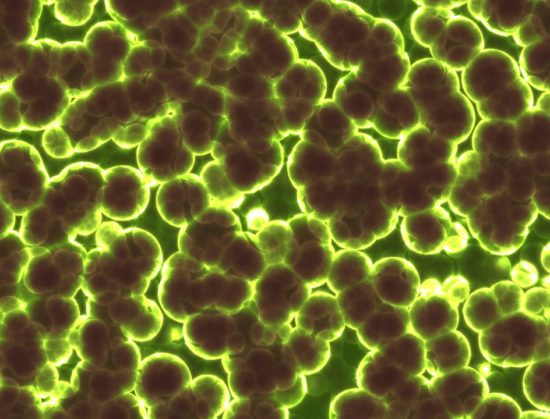Rapid antibiotic susceptibility testing using low-cost, commercially available screen-printed electrodes
This study employs a low-cost, commercially available screen printed electrode modified with an agarose-based hydrogel deposit to monitor bacterial growth using the techniques of electrochemical impedance spectroscopy (EIS) and differential pulse voltammetry (DPV) giving rise to a new approach to measuring susceptibility. Susceptible and drug resistant Staphylococcus aureus strains were deposited onto agarose gel modified electrodes which contained clinically important antibiotics to establish growth profiles for each bacterial strain and monitor the influence of the antibiotic on bacterial growth. The results show that S. aureus is able to grow on electrodes modified with gel containing no antibiotic, but is inhibited when the gel modified electrode is seeded with antibiotic. Conversely, methicillin-resistant S. aureus (MRSA; the drug resistant strain) is able to grow on gel modified electrodes containing clinically relevant concentrations of antibiotic.
AMR NEWS
Your Biweekly Source for Global AMR Insights!
Stay informed with the essential newsletter that brings together all the latest One Health news on antimicrobial resistance. Delivered straight to your inbox every two weeks, AMR NEWS provides a curated selection of international insights, key publications, and the latest updates in the fight against AMR.
Don’t miss out on staying ahead in the global AMR movement—subscribe now!







